5 Ideas for Embedding Alphabet Instruction in Your School Day
June 20, 2024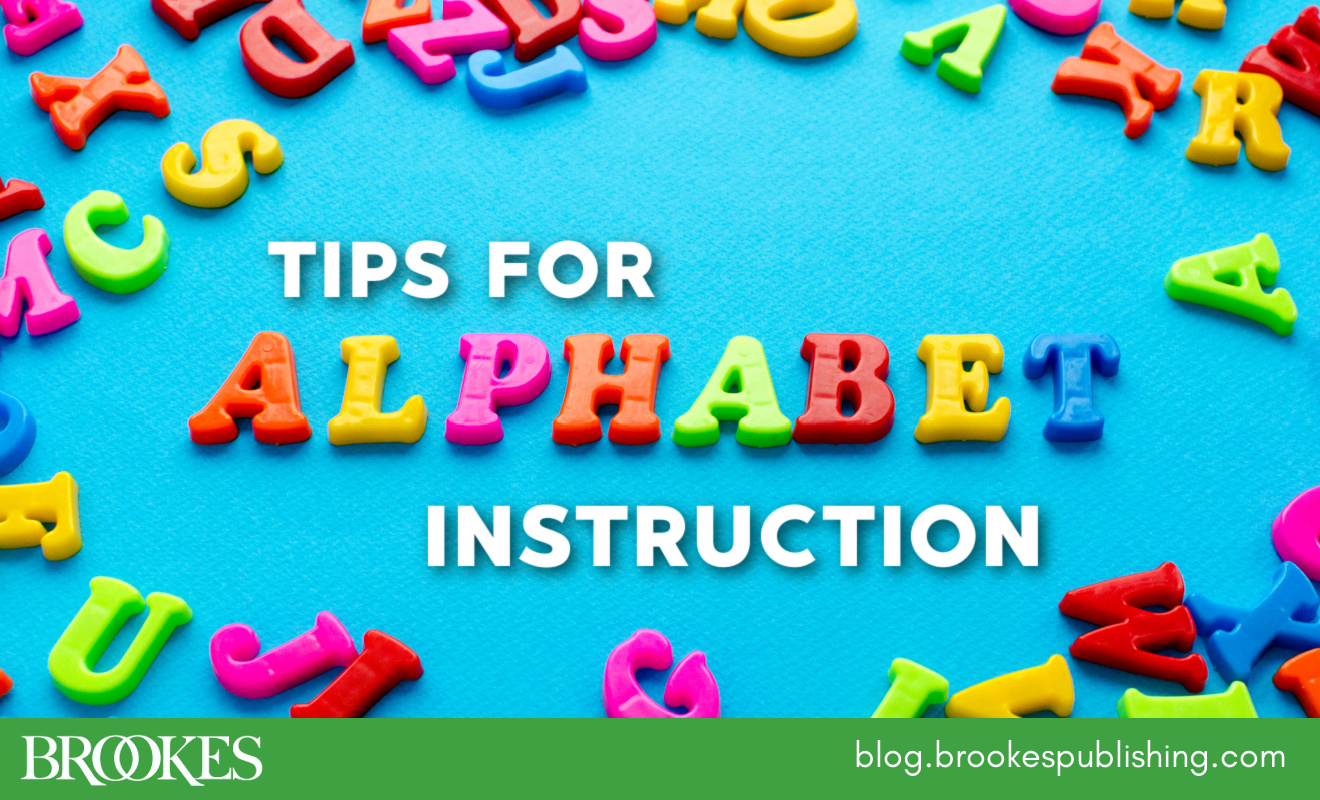
Alphabet knowledge is a foundational building block of literacy. Students must not only be able to identify letters, but also understand that those letters represent sounds and are useful in reading. Learners who struggle with this fundamental skill—including students with significant disabilities—benefit from both explicit instruction and naturally occurring opportunities to teach and reinforce alphabet knowledge.
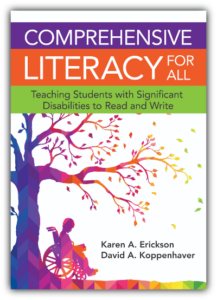 Today’s post offers five ideas for making the most of those naturally occurring opportunities throughout your school day. Excerpted and adapted from Comprehensive Literacy for All by Karen Erickson and David Koppenhaver, these suggestions were made with students with significant disabilities in mind, but any learner who struggles with alphabet knowledge can benefit from this kind of embedded instruction.
Today’s post offers five ideas for making the most of those naturally occurring opportunities throughout your school day. Excerpted and adapted from Comprehensive Literacy for All by Karen Erickson and David Koppenhaver, these suggestions were made with students with significant disabilities in mind, but any learner who struggles with alphabet knowledge can benefit from this kind of embedded instruction.
Alphabet Books
One way to teach the alphabet is to use alphabet books during shared reading. Alphabet books are especially useful because they highlight individual letters, use them in meaningful contexts, and tend to use clear pictures and simple language. Many alphabet books can be found in your school or public library, or you can create books yourself that align with your curriculum and your students’ interests.
Focus on letter names and sounds while reading alphabet books. Read the page and highlight the target letter and the word intended to represent the letter. If the letter appears on the page in both upper- and lowercase forms, then point them out, talk about them, and help students understand the relationship between the two forms of the letter and the sound(s) they represent. You might select or create a book that features a letter you know a student is struggling to learn or one that features two or more letters that can be confusing (e.g., b, d, p). One teacher discovered that some of her students thought l, m, n, and o were actually a single letter named elemeno. After several shared readings of books she made featuring l, m, n, and o, the students started to look for them and understand they were actually four different letters that had individual names and represented different sounds.
Student Names
Dozens of opportunities to read or write student names occur across a school day. Students often have cubbies or lockers with name tags, attendance is taken, lunch is ordered, names are placed on work, students are assigned to groups, and so forth. Each of these provides an opportunity to teach students about the letters in their names. As you encounter student names or reasons to write them, say the letter names and sounds and encourage students to say or identify them. While other words appear more frequently in the environment, there is no other single word that is more personally relevant to individual students.
Alphabet Puzzles and Games
Toy stores have entire aisles devoted to alphabet toys and games—as simple as wooden letter blocks or puzzles and as complex as handheld electronic games. These toys and games provide opportunities for adults to teach children about letters and sounds while playing. As with other learning, the key is interacting with the child and introducing variety to ensure that students are attending to the letter shapes, names, and sounds.
It can be a little more challenging to find age-respectful alphabet games as students get older, but a little creativity can make the games work for students of any age. One high school teacher wrote the letters of the alphabet on Jenga blocks. He added rules as he and his students played: for example, they had to name the letter before removing the block, or they had to name the letters on each of the blocks they secured before trying for a new one. Another teacher created decks of playing cards that featured letters rather than standard suits. These games may have to be modified to make them accessible, but playing with letters is one more way to help students learn the alphabet.
Environmental Print
Letters of the alphabet are everywhere: on the signs inside, outside, and around your school; the lunch menu; the labels on food; schedules; and in books and other materials. This naturally occurring print provides ongoing, embedded opportunities to teach letters, and it clearly communicates that these letters have a purpose. Take a moment to stop and ask students to name or point to a few letters on a sign, or go on scavenger hunts that require students to find specific letters. Students might write the letter each time they find it, take a photo of it, or type it one more time on their communication device or tablet.
Computers and Apps
Computers and keyboards provide students with opportunities to develop alphabet knowledge. Students can explore keyboards with talking word processor software that speaks each letter as it is selected. Students using word prediction software might also explore the relationship among letters and the words that begin with those letters; long before they can spell any words, students can select a letter from a keyword and explore the words that result in a word prediction list.
There are also thousands of apps intended to teach the alphabet. The most useful apps focus on letters in the context of meaningful words or link them to pictures and actions. Avoid apps that only focus on matching and sorting letters; instead, seek variety. Students who use only one app are often paying attention to the wrong thing and finding success with the specific program while not actually developing alphabet knowledge that can be generalized to meaningful reading and writing.
There are endless ways you can point out, talk about, and teach the alphabet and build student understanding about letters, the sounds they represent, and their purpose in reading and writing. The one thing to avoid is doing the same activity over and over. Students can learn alphabet skills by repeating the same activity, but they will not learn what to do with letters if we teach in this way. Regardless of which strategies you choose, a variety of embedded alphabet activities can help students with and without disabilities learn and reinforce a fundamental element of reading success.



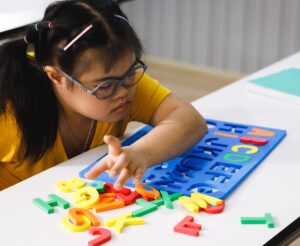
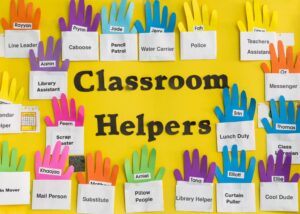

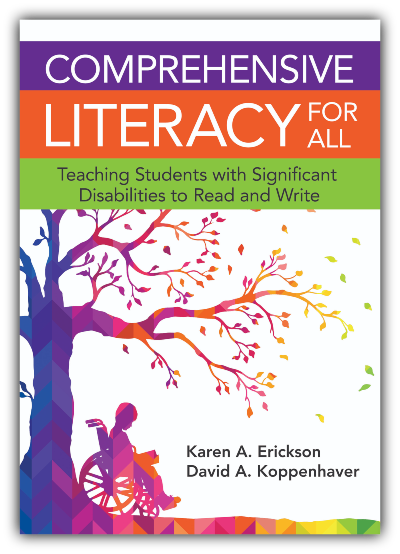
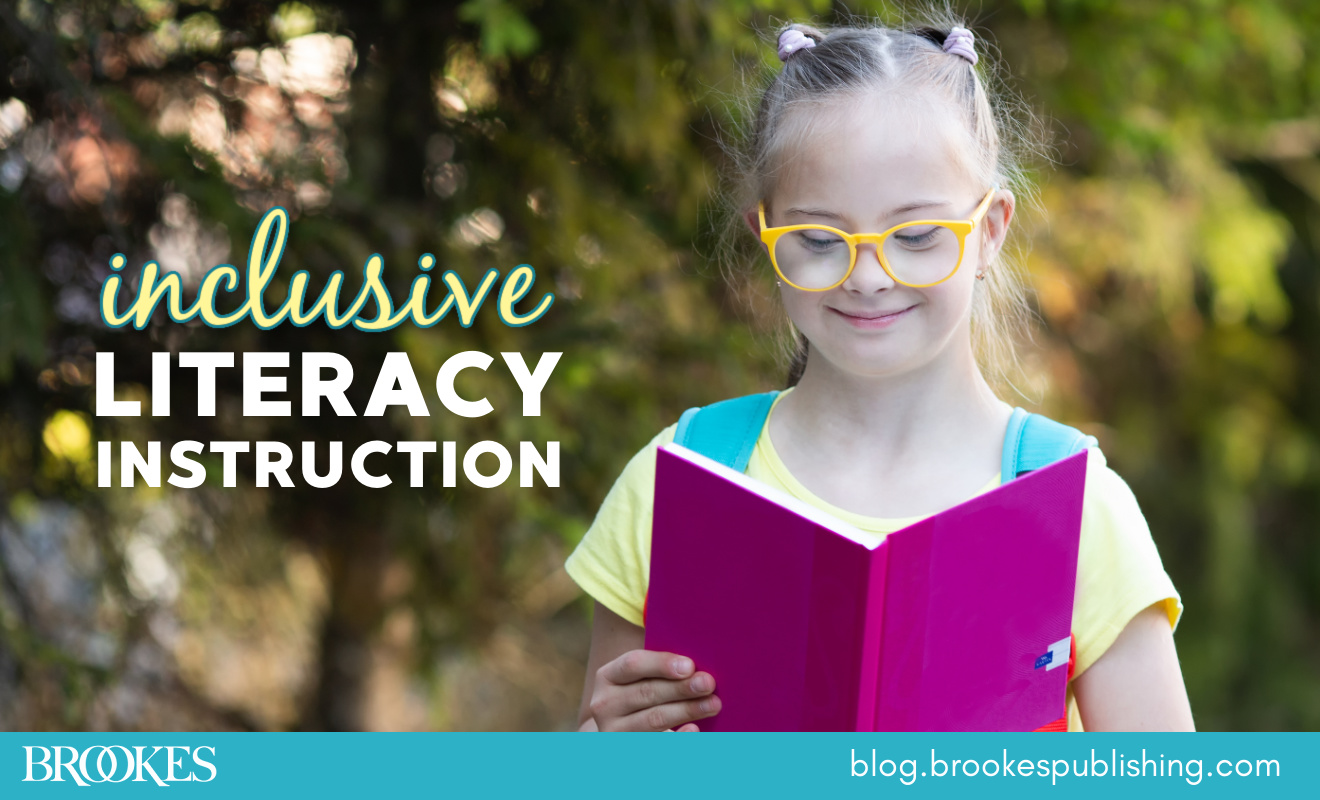
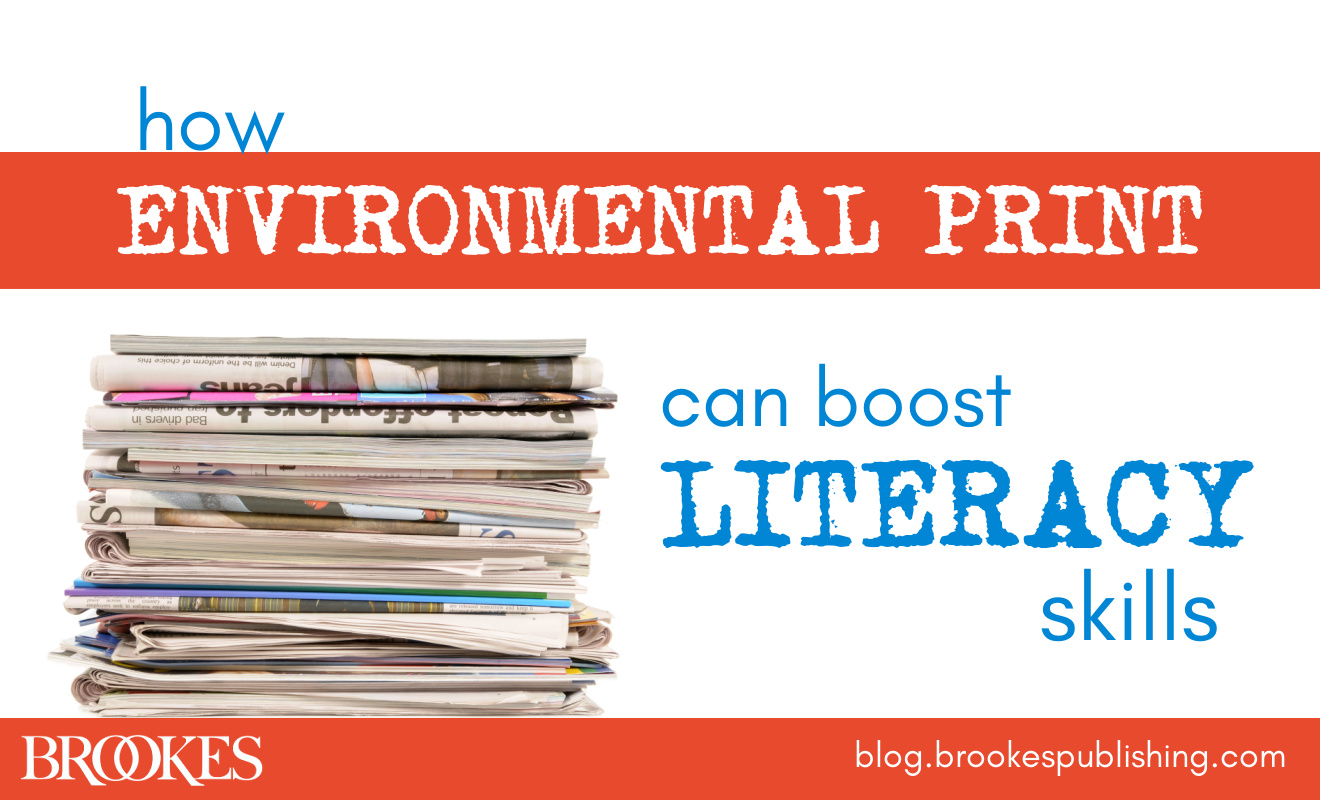
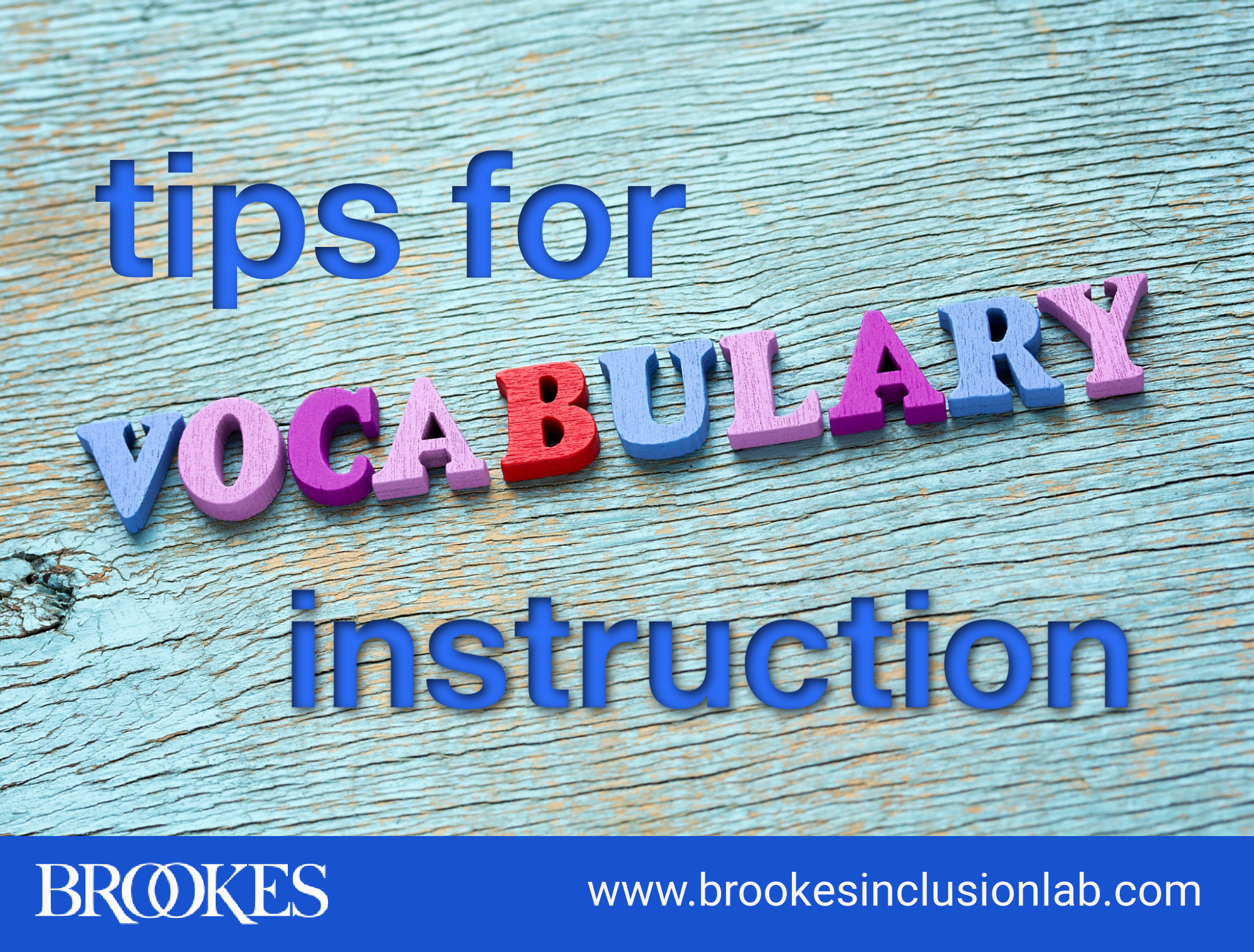
Write a Comment
Your email address will not be published. Required fields are marked *
Post a Comment